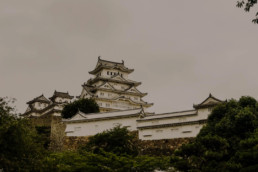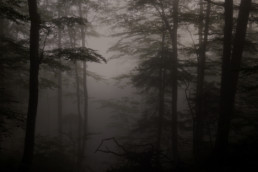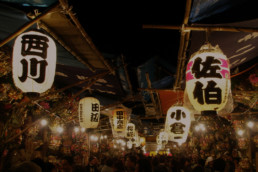Japan Travel: Planning a trip to Japan
A country of contrasts and contradictions, Japan is one of the most desirable travel destinations in the world. Even among Asian countries, Japan has its very own culture that is unique from all the other nations in the region. History and tradition thrives together with modernisation from the progress made in the last century. It is this impeccable co-existence that gives this nation it’s unique scenery that is unlike the typical Westernised civilisation. This is the only place where you can see ancient temples and shrines, Geishas, and old tea houses situated right next to the world-famous bullet train and service robots.


Japan is a relatively small country compared to other countries, so it’s very easy to travel from top to bottom. Every city has its own character and vibe which you will discover, regardless of whether you explore just the highlights or dive deep into the culture.
However, if you’re planning for your first trip to Japan may be a daunting task. So in this post, we will share with you some tips that may come in handy when you wish to begin your Japanese adventure.
When to visit Japan
If you love Japan, you may want to visit the country during one of the most significant seasons of the year for the locals. Hanami (cherry blossom viewing; second half of March through May) is widely known as one of the most beautiful seasons to visit Japan. And despite the elevated costs during this period of time, it is still very popular season for visiting.
If you decide to visit Japan and its capital during summer, brace yourself for the heat, the humidity, and get ready to sweat. Summers in Japan, especially in the central and southern regions country, are known to be very hot and humid. The weather is, however, pleasant on most days.
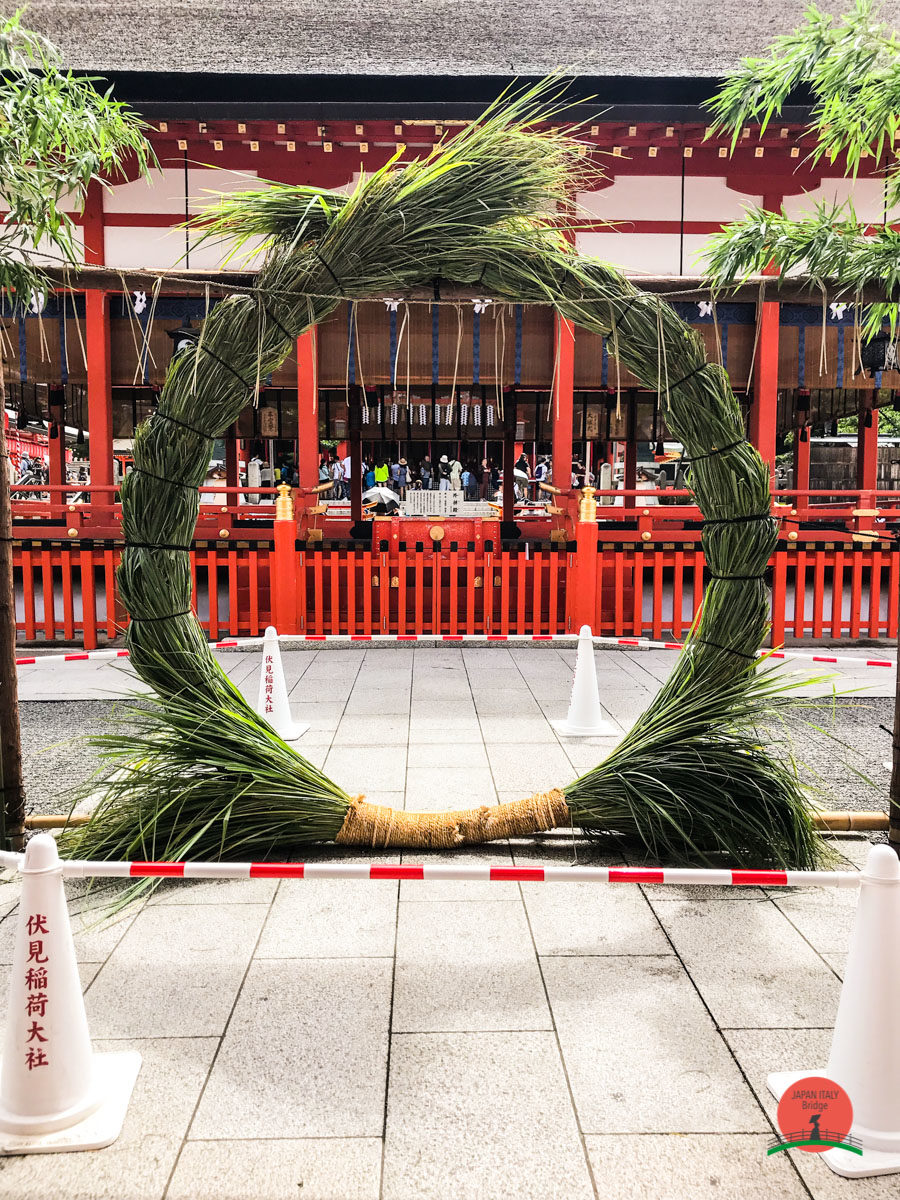

If cherry blossoms are not your cup of tea, the fall season in Japan is another wonderful period for beautiful scenery, with the autumn foliage turning summer greens into fiery reds. The weather will be mostly cool, and dryer than summer too.
Aside from these, you can always visit the holiday season between Christmas and New Year’s Day. Every year, cities light up with festive illuminations to create a magical and mystical atmosphere. It goes without saying that these are better experienced at night. The weather during these weeks are not typically too cold, but there may be snow depending on which region you visit, so do make sure to pack warm clothes.
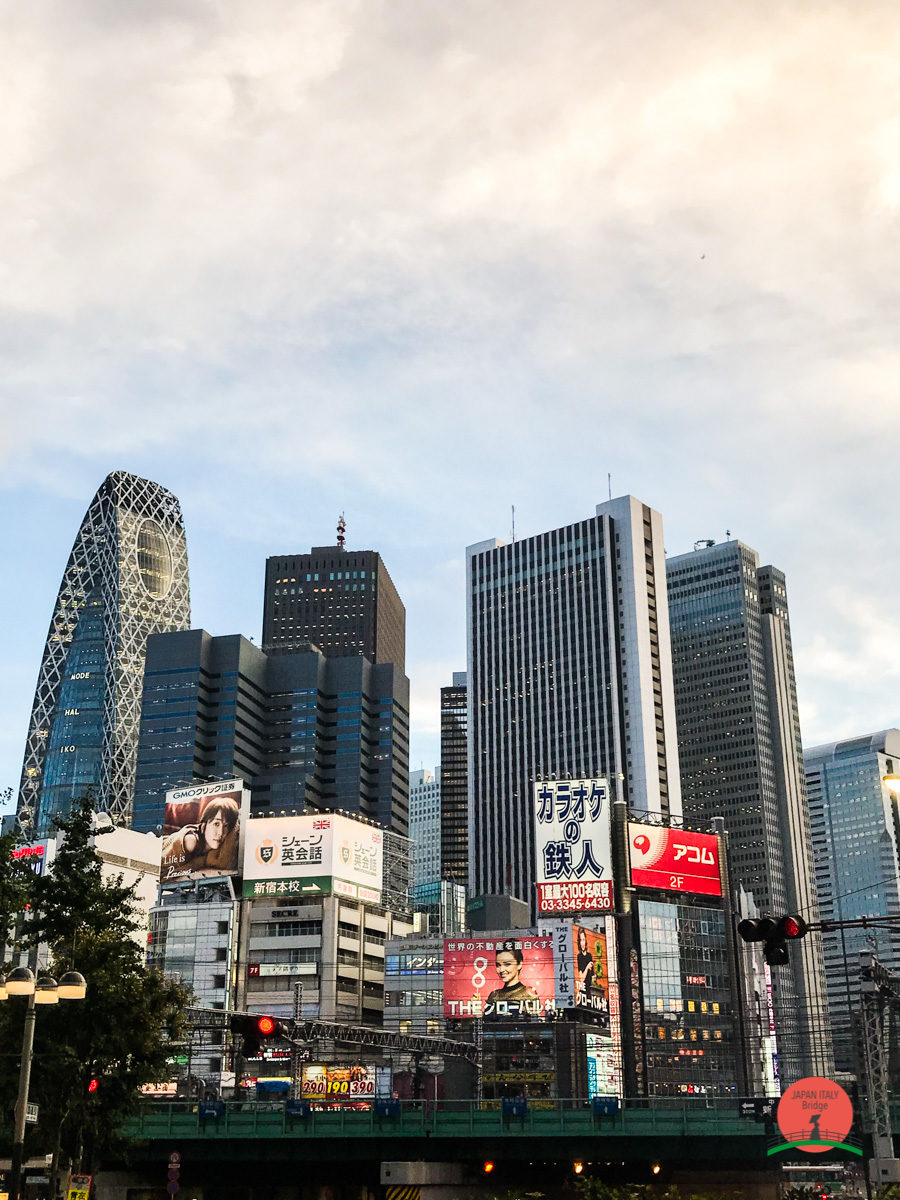
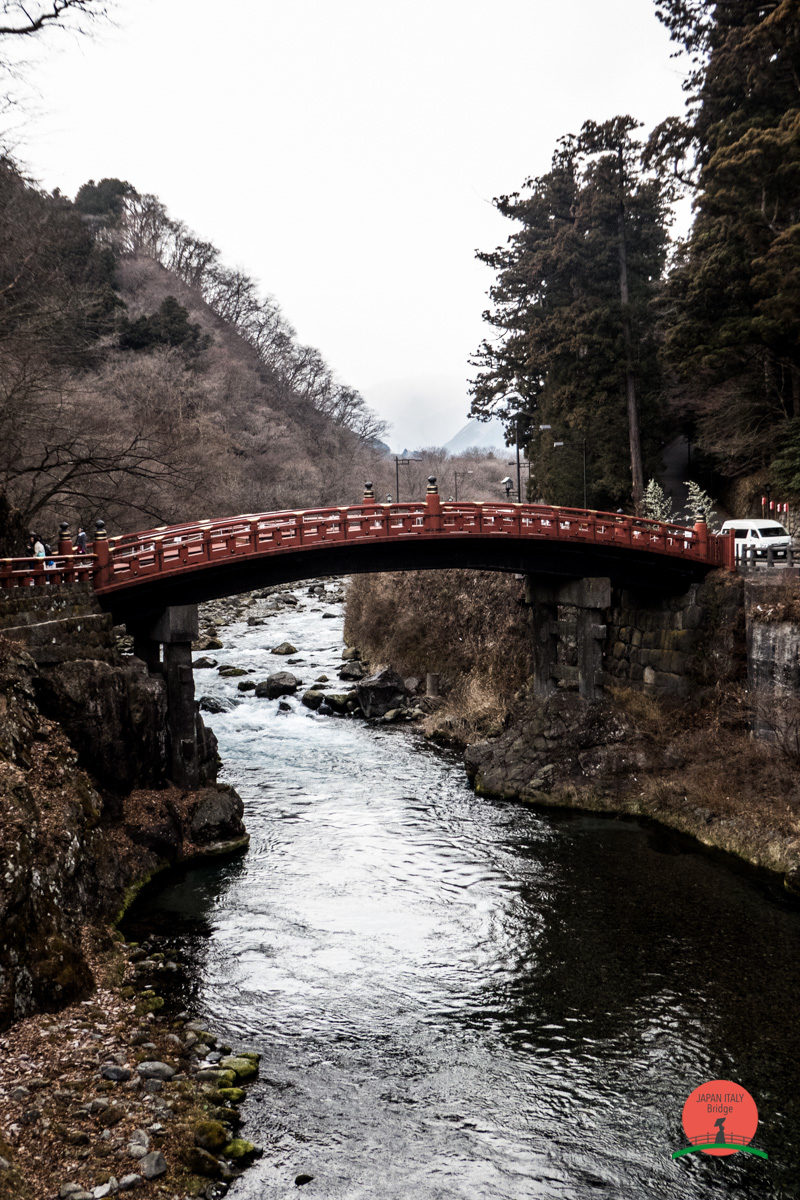
How long to stay in Japan
Even if Japan looks small on the world map, this country’s vibrant culture means that it is filled with unique sights and experiences for you during your visit. Touring the whole country in one go will be a rather expensive trip. So, if you are planning to stay for more than two weeks in this amazing place, do make sure to plan your spending and allocate the right amount of money for each day.
Which cities to visit
No matter how long you decide to stay in Japan, these places should be on your list of must-go’s. Usually the routes are the same for every trip. So here’s our suggestions for traveling if you wish to restrict yourself to the main cities of Japan
1. Tokyo
2. Nikko
3. Takayama
4. Hiroshima
5. Kyoto
6. Osaka
7. Nagoya
8. Yokohama
9. Niigata
10. Sendai
11. Sapporo
Basing yourself in any of these cities will give you access to make shorter day trips to neighbouring cities and towns. Do note that although the big cities are touted as the main highlights of Japan, the country’s less widely-known destinations are filled with hidden treasures that you can uncover.
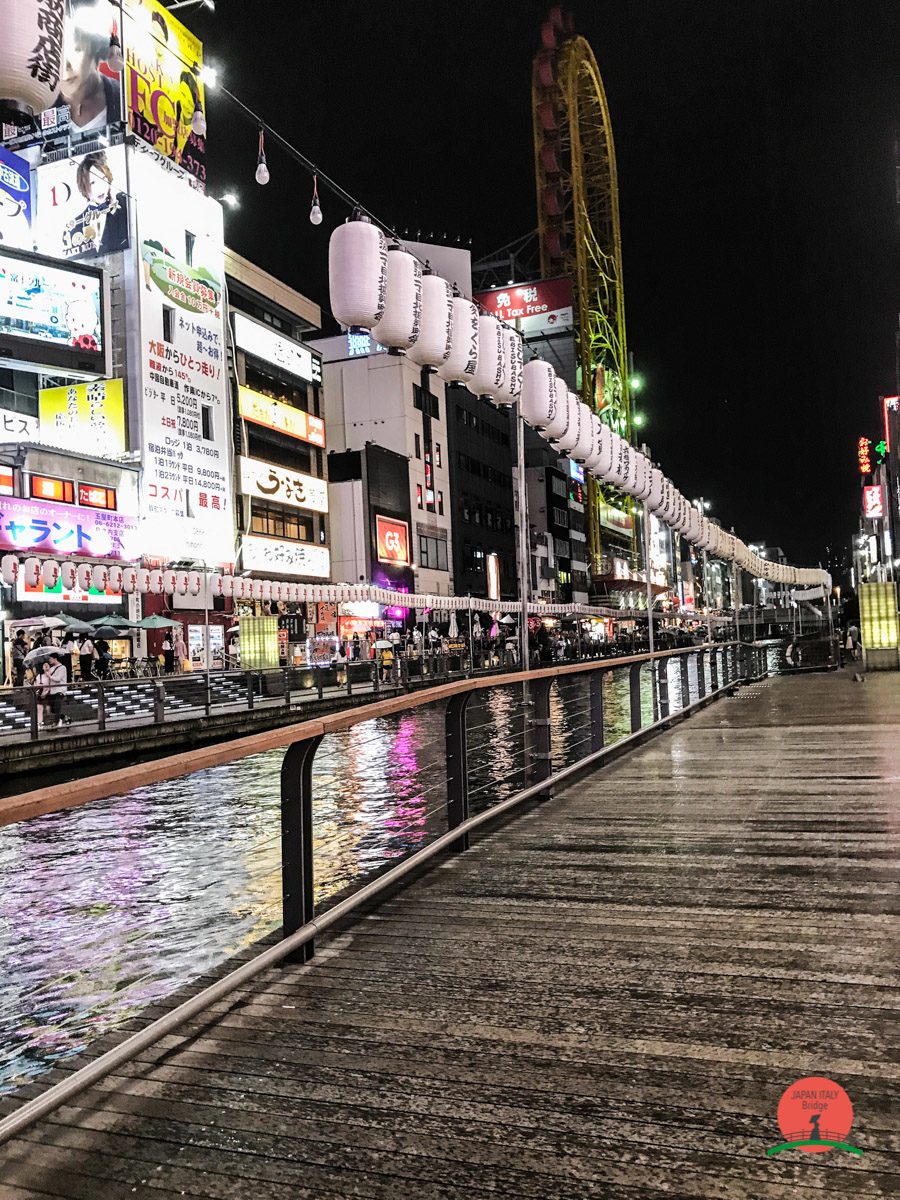

Travel Budget
Japan has the unfortunate reputation of being an expensive country. Although that may be true, it is, in fact, not that much different from any other country like Italy or England.
You can adapt your travel budget according to your preferences and what you have, and there are plenty of ways to save money.
You can find several combinations of deals that include both flights and accommodation online on websites.
Transportation
When you fly to Tokyo, the capital of Japan, you will land in either Narita or Haneda airport. Japan has a wonderful transportation network that is very extensive and reliable. There are a variety of different apps that can help you find the routes to use. For trains and public transportations, the go-to apps are HYPERDIA and JR-EAST Train Info.
At every station, there are ticket machines where you can purchase the tickets, but when in doubt, you can always ask staff members at the station information desks. There will usually be someone who speaks basic English.

The Cards & Passes
Purchasing a ticket at the vending machines sometimes can reveal to be rather troublesome, especially if you don’t read the language. To make things easier, there are different cards you can use. Information about the various cards and passes are as follows:
- Japan Rail pass: This is a pass for the train system that you can use throughout all the JR rail line, the national train transportation company. You can purchase the pass only from abroad so you have to purchase it while you are still in your country. The pass has a 7, 14, or 21 consecutive days of validity. You can purchase the first class (Green) or second class (Ordinary). The quality standard on Japanese trains is very high, so even if you purchase the second class pass you can still travel very comfortably. Furthermore, there’s a 50% off discount for kids between 6 and 11 years old.


- Suica Card: this is a prepaid card. It can be used instead of train tickets but also as a normal prepaid card in some stores. The Suica card is valid throughout all Japan, it will also give you a small discount on the Tokyo subway and it’s very convenient because it will allow you to avoid going through the ticketing process each time you want to ride the train. You can buy it and recharge it through ticketing machine in every station. You may, alternatively, approach a ticket agent for it.
The Suica Card is valid on trains belonging to the JR East lines and on the JR trains of the following regions: Sendai, Niigata, Sapporo, Osaka, Okayama, Hiroshima, Nagoya Shizuoka. It is also possible to use it on some trains, busses and subways in the Fukuoka region.
On the Suica, you can recharge up to 20000 ¥. The initial cost to buy the card can be 1000, 2000, 3000, 4000, 5000 and 10000 ¥ and this include the 500¥ deposit.
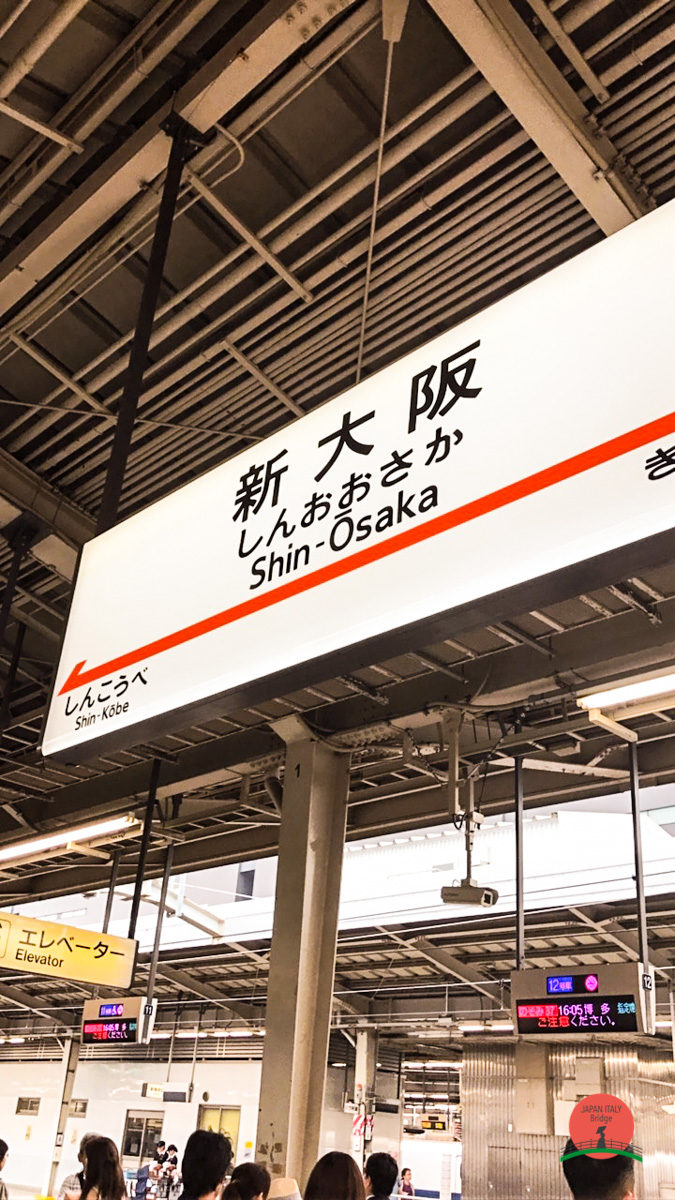

To use the Suica, rest the card on the blue sensor while facing the barriers at the subway/train. If the sensor will remain blue, the doors of the barriers will open and you can pass through. If the sensor becomes red, it means that you don’t have enough credit on the card and you will have to recharge it. It may be worth noting that these cards and the charged amounts in it remain valid for up to 10 years from your last ride.
- Pasmo: this is a card for Tokyo transportation and it works exactly like the Suica.
Accommodation in Japan
Hotels and accommodations are typically the most expensive part in of a trip to Japan. However, a very wide range of accommodation types is available in both Japanese and Western style interiors. Rates per night can range from less than 2,000 yen per person in a dormitory or capsule hotel to over 50,000 yen per person in a first class Hotel or Ryokan.
Ryokans (and their cheaper versions, the minshuku) are traditional Japanese guesthouses and are the best spots to learn about the cultural traditions relating to Japanese food and hospitality. This is something unique that can only be experienced in Japan. As such, if your budget allows it, do plan to stay in one of these places for a couple of nights. Japan also has capsule, or pod, hotels where you essentially sleep in a high-tech version of bunk beds.


Japanese Food
Japanese cuisine is one of the best in the world, offering a balanced diet in a wide variety of gastronomical delights and seasonal dishes. Restaurants and eateries are easily found, from the world-famous, Michelin-starred restaurants to the local hole-in-the-wall stands that are popular among the locals. Although sushi and sashimi are most famous Japanese dishes known around the world, Japan actually has such a large variety of foods that there really is something to eat for everyone. Many of the best establishments are, however, typically specialised in one type of food.
Sushi, Sashimi, Kaisen Don, Tempura, Katsu Curry, Udon, Soba, Ramen, Yakitori, Takoyaki. These just are some of the dishes you should definitely try while exploring the land of the Rising Sun.
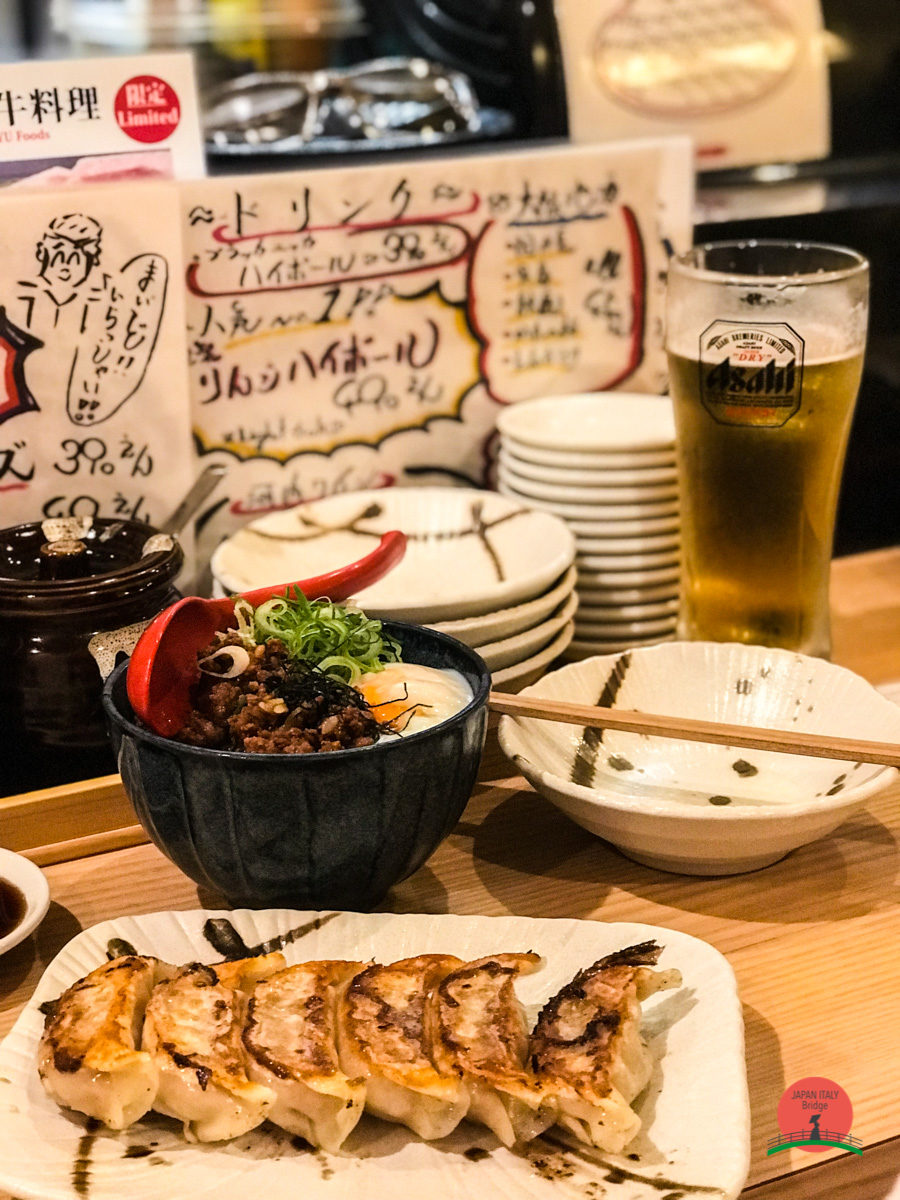

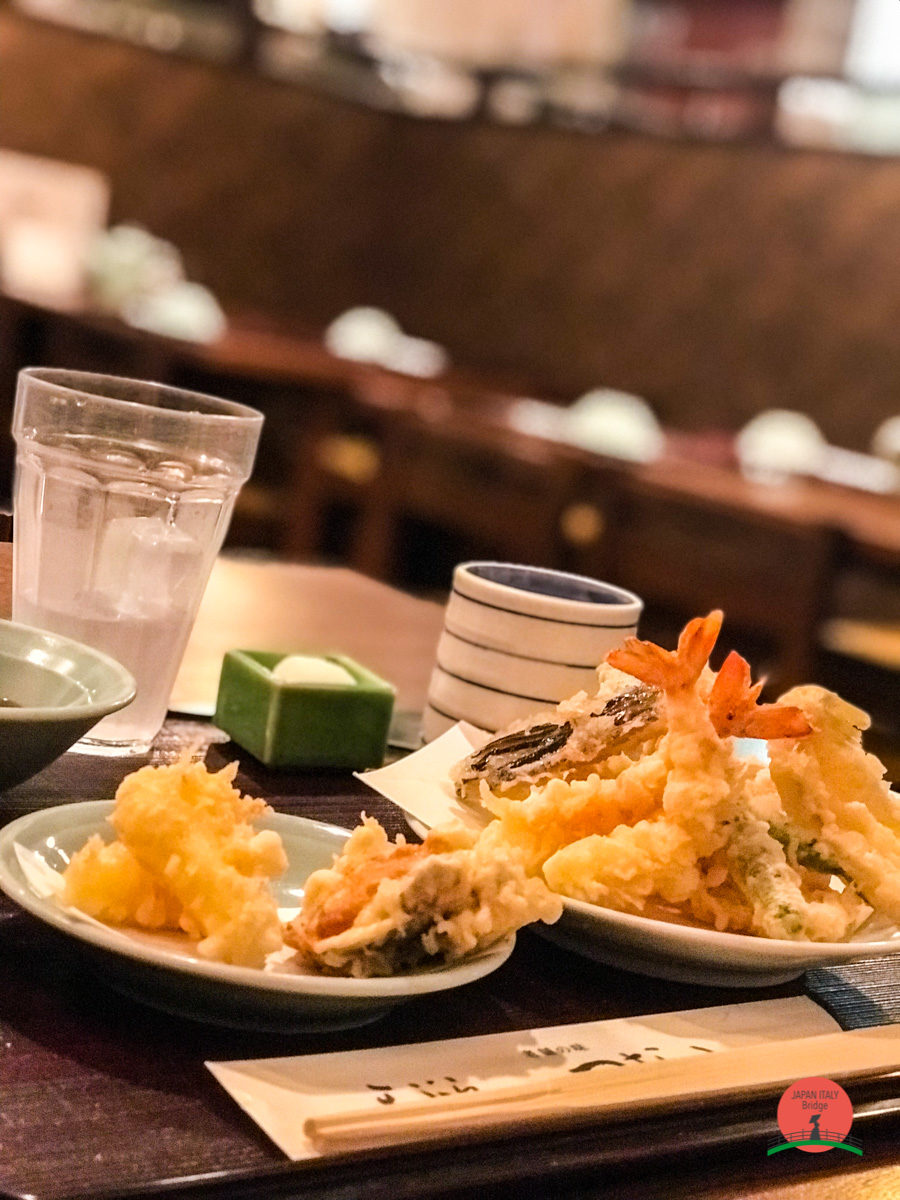
Luggage in Japan
No matter how long you are staying in the country, you may want to try to pack light. Most hotels rooms are very small and sometimes, there may not be enough space to have large suitcases lying around. Packing light is especially important if you plan to travel mostly by public transportation. Do remember that most trains do not have space for bulky luggage and despite the highly advanced train system, not every station is equipped with escalators or elevators. Furthermore, most hotels don’t allow checking in before 2 or 3 p.m., so do make concessions for holding onto your luggage until then.

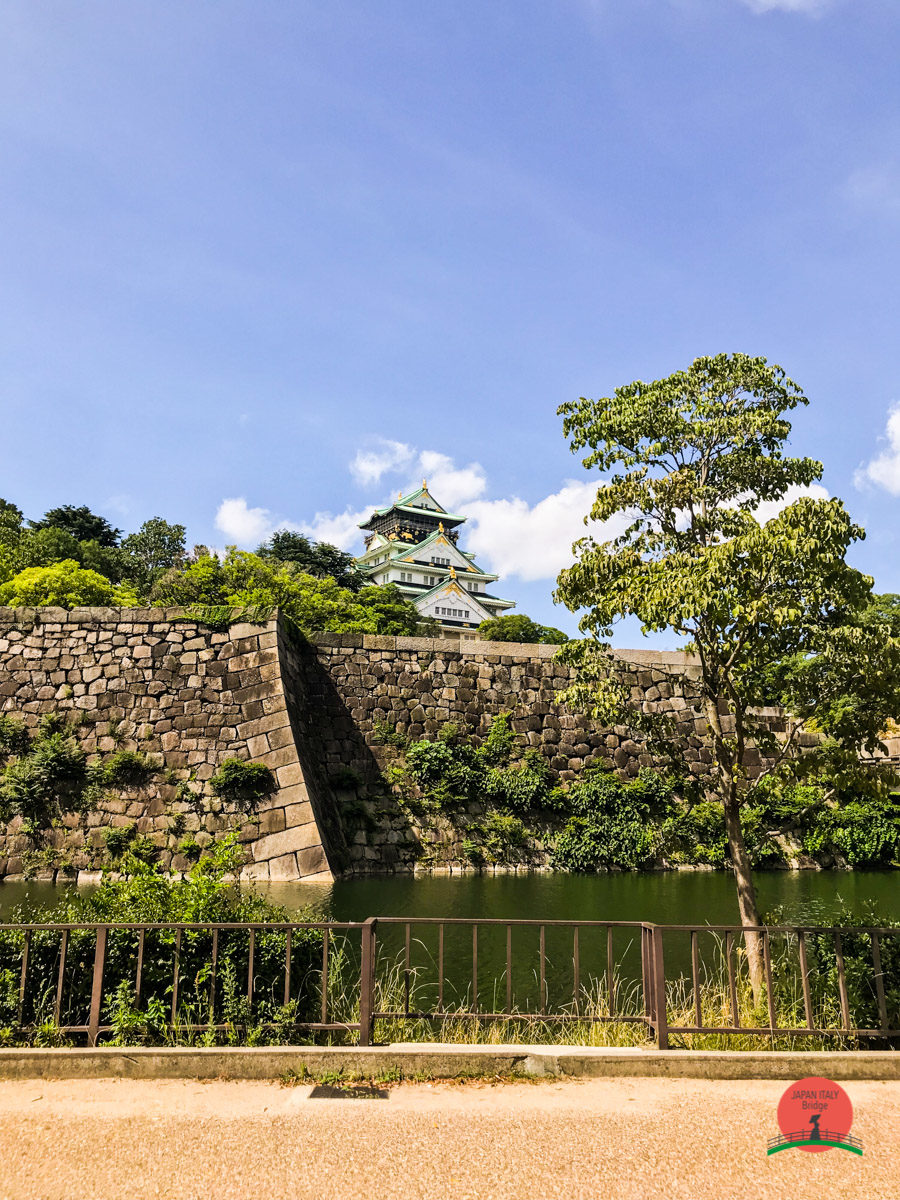
Other things to note
Currency: Japanese Yen (JPY)
Electricity: 100V/50-60Hz (North American plug; usually two-pronged. Often has both flat pins the same size. You may need an adapter.)
Main Airports: Tokyo’s Narita Airport (NRT). Tokyo’s Haneda Airport (HND). Osaka’s Kansai Airport (KIX).
Water: Safe. Bring a water bottle and fill from the tap as you travel.
Internet connectivity: Japan has excellent internet, among one of the fastest connections in the world.
Local SIM: I highly recommend you secure a SIM card or pocket wifi once you land. Although it’s not cheap, it is handy and it will allow you to save on international data plans with today's communication apps. This will also allows you to use tools like Google Maps in case you get lost.
Visas: Citizens of North America, UK, and Europe do not need a visa to enter for 90 days. Longer extensions are available for some of these countries, and most outside of these regions will need to apply ahead of time. Full visa requirements here.
Noteable festivals: Hanami, or rather Cherry Blossom viewing season is one of the most popular times to visit (end of March through May). Sapporo Snow Festival (February). Fuji Rock Festival (July). Golden Week (April 29 – May 5 — it’s nearly impossible to find accommodation during this week.)
Safety: Japan is incredibly safe. It’s in the culture of every citizen to follow a rigid set of societal rules. Young children travel alone, riding the subway and walking to school on their own with no problems. Scams are rare. There are some reports of sleazy behavior by men on the trains, but such cases rarely occur.

Japan Travel: Hanami
Hanami
About Hanami, or the Flower viewing.
In Japan, spring is synonymous with Hanami. Written with the kanji: Hana 花 "flower" and mi 見 "viewing", the word hanami means enjoying the beauty of blooming flowers. In particular, it refers to the Sakura: cherry blossom.
To understand the profound meaning of this magical tradition, Yosa Buson's haiku is perfect:
“Cherry petals
in the rice-seedling water,
moon and stars.”
In these words we read the aesthetic symbolism behind the relationship between nature and human beings in which everything becomes harmonious. Spring is, in fact, a "rebirth", therefore a renovation of the soul and of the spirit. The falling flowers indicate the transience of things. As flowers reach the peak when they bloom and then fall to be carried away by water, beauty is therefore wonderful and ephemeral at the same time. In Japanese, we can summarize this concept in the small sentence 物の哀れ, "mono no aware". This aesthetic concept expresses a strong emotional participation toward the beauty of nature and human life, with a consequent nostalgic feeling linked to its incessant change.
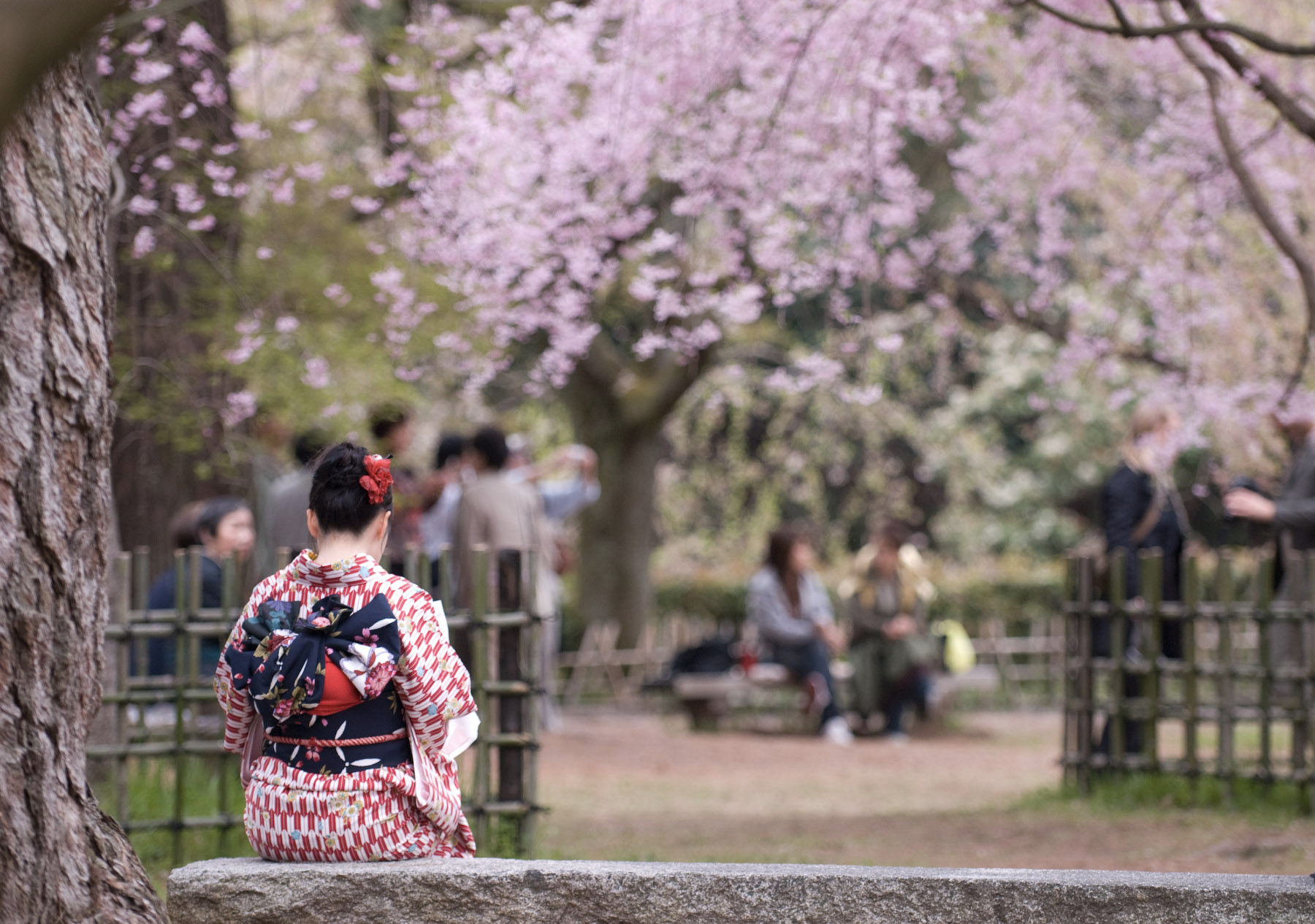
Photo Credits: regex.info
The Roots
Yoshino hills is where cherry trees originated in Japan. The legend says that in the VII century the priest En-no-Ozuno planted some sakura trees casting a curse on them. The curse would hit anyone who dared to cut the trees down. However, there are those who say that the hanami came from China, at the time of the Tang dynasty, which influenced Japan in the Nara period. Originally, there where the “ume” (prunus trees) to offer viewers the spectacle of their flowering. During the Heian period (794-1185) however, the Japanese imperial court moved to Kyoto where the unparalleled beauty of the cherry trees outshone that of the prunus.
Murasaki Shikibu, the court-lady that wrote the "Genji Monogatari”, the first novel ever written, used the word “hanami” related to the cherry blossom viewing for the first time. In the beginning, it was a rite restricted to an elite of nobles, dignitaries, samurai and poets, that drank sake and recited haiku on the beauty of the cherry blossom. In the following Edo period, the hanami spread to lower classes as well, eventually becoming a national holiday. This was also thanks to the shogun Tokugawa Yoshimune that planted areas of cherry blossom trees all over Japan.

Photo Credits: kabekin.com
Between Beauty and Transience, Hanami today
The hanami takes place in a period of time that extends from March to April when sakura reaches their blooming season. Traditionally, people gather together laying out their blue tarps under the trees and, armed with their bento, enjoy the spectacle of nature eating traditional dishes. Among them we can find the hanami-dango, rice dumpling of three colors: pink, white and green, accompanied by green tea and lots of sake. Another typical dish is the sakura mochi, a sweet made of red bean paste and rice, all wrapped in a pickled cherry blossom leaf. And the enjoyment goes on until the evening arrives, culminating in the Yozakura 夜桜 when the night is illuminated by chochin, traditional colored lantern made of paper.

Photo Credits: thespruce.com
Chasing after the best view
Japan is completely invaded by the simultaneous blooming of the trees awaken from the winter torpor, something that strikes the heart as well as the eye. But there are places where the charm of nature is more overwhelming than anywhere else. Among the must-see spots there is the Maruyama park in Kyoto, that is famous for the Shidarezakura, the unique weeping sakura. In Tokyo we can find the Ueno Park with its ancient temples and the Shinobazu pond. The Himeji castle, Hyōgo prefecture, is surrounded by a labyrinth-like wood of cherry trees, while the Hirosaki Castle, Aomori prefecture, is famous for its 2,600 cherry trees. Also, Mt. Yoshino, Nara prefecture, is where 100.000 cherry trees stand out on top of the mountain.
Japan Travel: Fushimi Inari
Fushimi Inari

Photo Credits: japanitalybridge.com
Thousands of vermilion gates
A trail made of many vermillion torii, one after the other: this is the most recognizable symbol of the Shinto shrine Fushimi Inari Taisha (伏見稲荷大社). The complex is located in Fushimi ward, south of Kyoto, and it is the most important of several thousands of shrines dedicated to the kami Inari. Inari is the Shinto deity protector of the prosperity and wealth of crops, especially rice.
Reaching this holy place is very simple as it is located opposite the JR Inari station. Alternatively, you can walk a short distance from Fushimi Inari Station served by Keihan Main Line
This is a temple of ancient origins and its foundation dates back to before 794, when Kyoto became capital. Initially built on the Inariyama hill, southwest of Kyoto, it was re-located in 816 on the request of the monk Kourai. The current main structure of the temple was built in 1499.

Photo Credits: japanitalybridge.com
At the entrance there is the Romon Gate which was donated in 1589 by the famous leader Toyotomi Hideyoshi (he was a famous samurai and daimyō of the Sengoku period, founder of the Toyotomi Clan. Succeeding his master Oda Nobunaga in the work of reunification of Japan, he is considered as the second of the three "great unifiers".)
Beyond the Romon Gate stands the main hall of the shrine (honden) where visitors should make a small offer as a sign of respect for the deities enshrined here.
At the back of the main land of the shrine there is the entrance to the hiking trail made of torii ( 鳥居 traditional Japanese gateway to a jinja, shinto shrine). The trail begins with two dense rows of parallel gates called Senbon Torii ("thousands of torii gates”). The torii straddle a network of trails leading into the flourishing forest of the sacred Mount Inari (Inari-yama), which stands at 233 meters above sea level. Each gate was donated by individual worshippers or companies and has an inscription indicating the name of the donor and the date of the donation itself.

Photo Credits: masterfile.com
The Fox
Along the trails there are the statues of sitting foxes (Kitsune 狐), especially placed in north-east locations, that have the role of guardians whose duty is to prevent the demoniac energy from entering the earthly world. Foxes are also considered Inari's messengers. According to tradition, Inari used to live in the mountains during the winter, coming down in spring during the growing season. After the harvest, Inari would once again return to his winter residence. Every season foxes approached humans’ houses in the same way and, over time, they were recognized as natural messengers of the god.

Photo Credits: japanitalybridge.com
They are a recurring subject and an element of particular importance for the Japanese culture. In fact, they represent sacred and mysterious creatures endowed with a great intelligence and strange supernatural powers that they develop with age. Their main skill is to change shape taking human form (as they often appear in the form of a beautiful woman). Another power they are said to have is that of the Kitsunetsuki (狐憑き o 狐付き) or else, the ability to possess human beings. It was believed that a fox was able to enter the body of its victims, usually young women, through a nail or their chest, thus feeding on their vital energy living inside their bodies.
Inari’s kitsune are white, a color considered to be auspicious. They possess the power to ward off evil, and sometimes act as guardian spirits. In addition to protecting the shrines of Inari, they protect the locals by acting as a scarecrow against the evil nogitsune, fox spirits who are not in the service of Inari. Black foxes and nine-tailed foxes are also believed to bring good luck.
Some of the foxes along the trails hold a key in their jaws that represents the key to the rice granary.
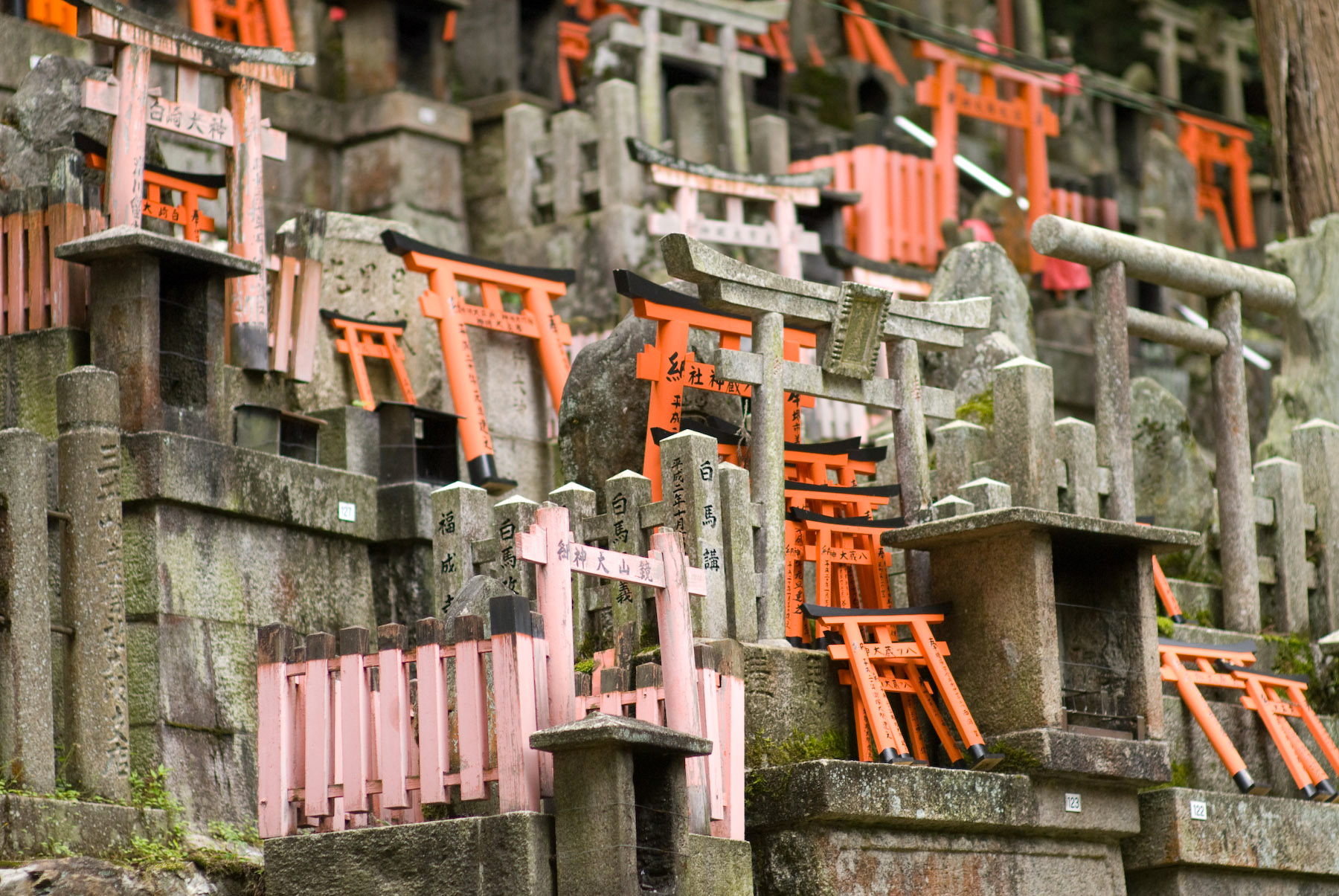
Photo Credits: regex.info
Up to the Inari-yama
Reaching the top of the mountain takes about 2 or 3 hours, and along the way there are many smaller shrines with piles of miniature torii donated by visitors on lower budgets. There are also some restaurants that offer local themed dishes such as Inari Sushi and Kitsune Udon ("Fox Udon"), both with pieces of aburaage (fried tofu), which is said to be the favorite food of foxes.
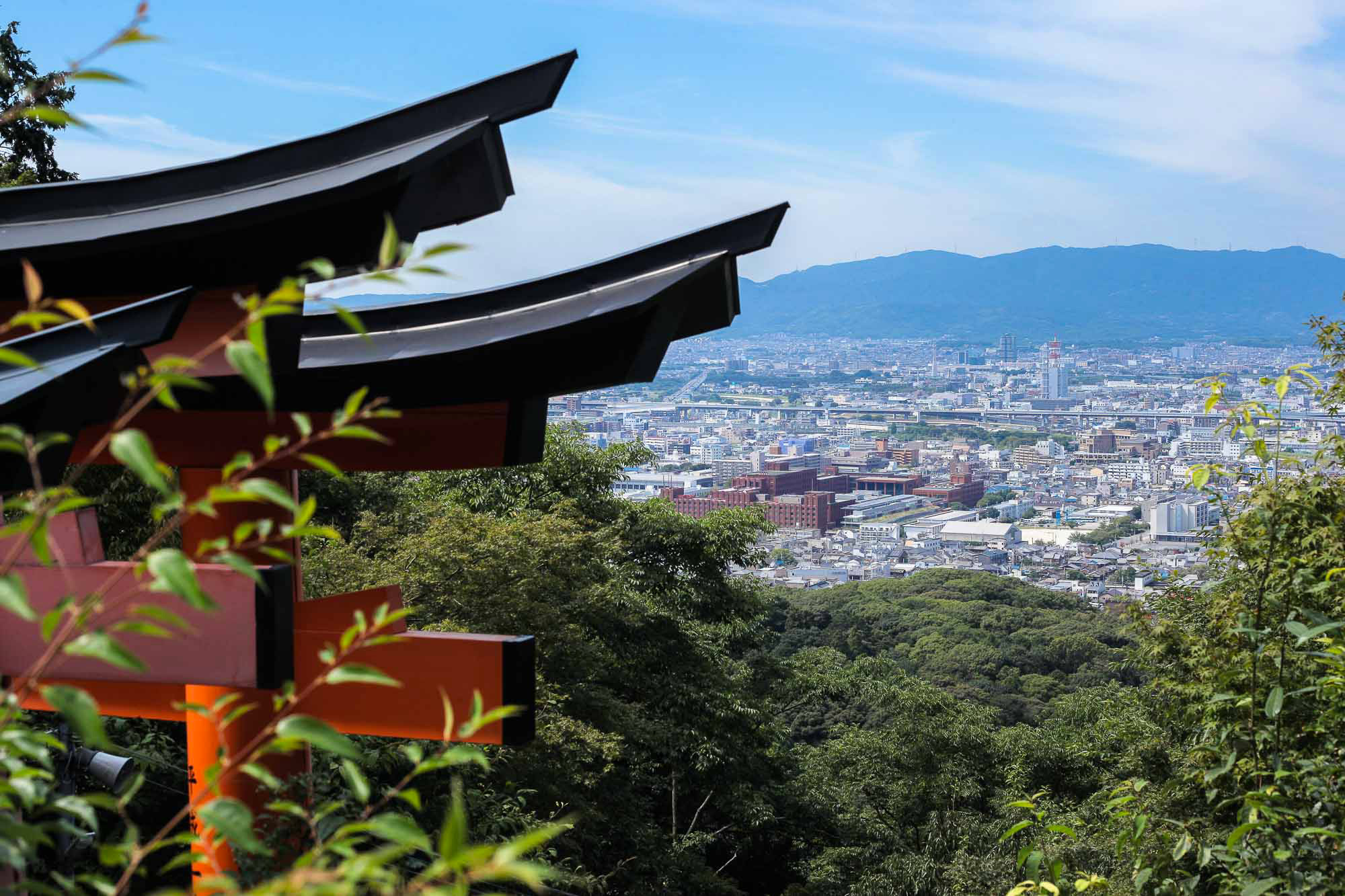
Photo Credits: crafttabby.com
After the first half hour of walking, the torii gates begin to gradually decrease until they reach the Yotsutsuji crossing, about halfway up the mountain. From here you can enjoy a splendid view of Kyoto.
At this point the trails divides into a circular path to the top.
Japan Travel: Aokigahara
Aokigahara
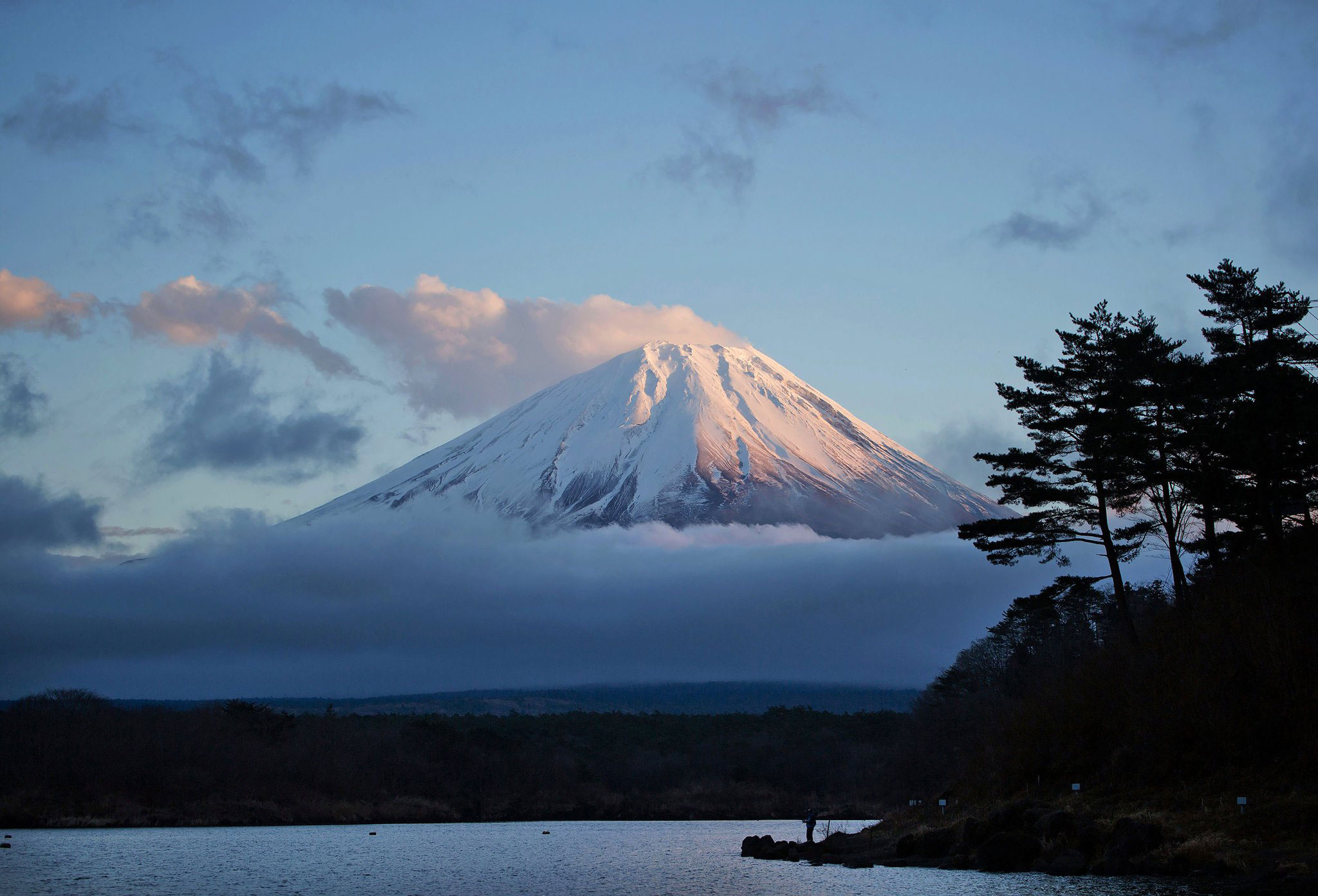
Photo credits: Ko Sasaki for The New York Times
Jukai, the sea of trees in which the soul drowns
At the foot of Mount Fuji, born from the volcanic eruption of Mount Nagao in 864 C.E., lies Aokigahara (青木ヶ原) best know with the name of Jukai (樹海, sea of trees). It is a thick forest that extends for 35 km² and that is made of caves and a maze-like vegetation with its cypresses, oaks and shrubs, including the Japanese snow flower. Its particular conformation prevents wind and solar rays from entering, giving it a spectral and silent appearance. In winter the thick fog that surrounds it forbids access to visitors who are even unable to find the entrance.
That of Aokigahara is a sad story because leaving the official paths means getting lost in its immense labyrinthine structure. Those who usually abandon the established path have only one intention: suicide. Due to this, it is not difficult to come across sign boards in both Japanese and English that try to dissuade people with macabre intentions.
“Your life is a precious gift from your parents”
“Please consult police or a doctor before you decide to die“
“Do not keep it to yourself, talk about your troubles”

Photo credits: Google images
The suicide forest
Statistics about Jukai, that go from 1950 up to today, will give you chills: from 30 to 105 suicides a year. In 1970 the Japanese government decided to set up a special annual patrol made of police officers, volunteers and journalists. This patrol is committed to searching and removing corpses, but this does not exclude the terrible possibility of running into skeletons and rotten bodies when walking through the forest. It is also possible to find Ema: wooden plaques on which suicides wrote their curses against those who forced them into taking their own lives.
Stepping away from the official path also means meeting colorful thread stretched between the trees, and this is because not all the people who enter the forest have decided to die. Some just want to reflect and these threads are necessary to find the way in case someone decides to live. However, following them almost always leads to something: some objects, an abandoned tent and, in the worst case, the lifeless body of someone who made the wrong choice.
There is another peculiarity that makes Aokigahara disturbing and mysterious: smartphones and all electronic devices stop working in the brush and the compasses go haywire. Finding the north is impossible. All this is caused by the high rate of magnetite, the mineral with the strongest magnetic properties.

Photo credits: Google images
The spirits of Jukai
In ancient times it was said that Kodama (木 魂) resided there, spirits of the trees that imitate the voices of the dead. Since they possess supernatural powers, cutting down a tree that is believed to house a kodama is considered a source of misfortune. The Japanese therefore use to mark the trunks of those trees with a sacred rope called Shimenawa. On the contrary, seeing a Kodama is considered a good omen because it means that the place is alive and full of positive energy.
But Kodama are not the only beings who are said to inhabit this place. The forest seems to be infested with real ghosts, the Yūrei. The term is made up of yū (幽 "flebile", "evanescent", but also "obscure") and rei (霊 "soul" or "spirit"). A Yūrei embodies the soul of those who died of violent death, because they committed suicide or because they were murdered. Unable to leave the world of the living, to reach the afterlife in peace they need to bring other lives with them.

Photo credits: Google images
Novels and Films in the mass culture
In 1960 Nami no tō (波 の 塔) "Tower of Waves" by Seichō Matsumoto was published, a book that speaks of two lovers who take their lives in the forest. Matsumoto describes Jukai as "the most beautiful abandoned and wild forest that exists. A perfect place to die in secret".
In recent years, Hollywood has created a series of films. In 2013, "Grave Halloween" came out, in which a young woman goes to Aokigahara with her friends to find her mother's body, a biologist who had disappeared in the forest. "The sea of trees" directed by Gus Van Sant comes to light in 2015, and the plot sees an American man who goes to Aokigahara to take his own life and there meets a Japanese man with the same intentions. In 2016, the horror-thriller "Jukai - The Forest of Suicides" invades cinemas, in which a girl travels to Aokigahara to find her lost twin sister.
Japan Travel: Yanaka Pilgrimage - Hidden Tokyo
Hidden Tokyo: pilgrimage in search of good fortune.

Photo credits: japaneseprints.livejournal.com
The relationship that Japan has with religion, and with spirituality in particular, is very peculiar. It is discrete, sometimes hidden, but it is an ever-present bond
made of everyday gestures and rituals. Sometimes, in particular occasions or in difficult moments, Japanese people pay a visit to this or that deity asking for protection and benevolence. Among the most revered deities in the whole country there are the 'Seven Gods of Fortune', in japanese Shichi Fukuji (七福神).It is therefore not unusual to find short pilgrimage routes in honor of these gods.
These seven deities arrived in Japan centuries ago and are the result of a slow process of assimilation. A process that saw Buddhism, Hinduism, Taoism and Shinto blend together. Walking through a fixed course reaching the temples of all the seven divinities, the pilgrim collects seven stamps or inscriptions to commemorate the visit.
These pilgrimages are more frequent during the first two weeks of the year. In fact, this is the period in which, according to ancient Japanese traditions, the seven deities land on the shore with their 'ship of treasures' distributing gifts and good fortune to everyone.
Only in Tokyo there are more than 20 such pilgrimage courses, and the one we want to talk about this time will take you on a journey of discovery through Yanaka.
Yanaka is a small pearl dating back to the Edo period, set among tall buildings, shopping streets and the famous Ueno park. Its ancient heart has been kept untouched, and is often the destination of many tourists who want to find in the great metropolis a taste of its past.
Pilgrimage through Yanaka

Photo credits: flickr.com - Patrick Kenawy
This path through Yanaka starts from Tabata station, easily recognizable because it is one of the stops on the Yamanote Line, which connects all the main touristic spots of the city with its circular route.
Your first stop will be the Tokakuji temple, a short walk from the station.
As this is the first temple of the pilgrimage, here you can buy the scroll representing the seven deities that will then be marked at each destination.
This temple houses Fukurokuji, a deity that, as the name suggests, is the god of wisdom, wealth and longevity. Often represented as a bald old man with a incredibly high forehead, he is accompanied by a crane and a turtle, both symbols of longevity. Sometimes a black deer is also present. His statue is placed in the garden at the back of the temple and is open to the public only at New Year’s.
Although the temple is dedicated to Fukurokuji, the first thing that will attract your attention at the entrance will be two Nio statues. These two statues stand guard at the temple also giving their protection to the sick who ask for their help. In fact it is believed that they have healing powers. If you suffer from some illness, buy the appropriate piece of red paper at the temple and attach it to the statue where you feel the pain. The deity will heal you.
Here, you can also buy a map of the walk, to make it easier for you to find the way.

Photo credits: flickr.com - realitycheck2002
The second stop is the Sei'un-ji temple, also known as Hanamidera. As the name suggests, the temple was, and still is today, a particularly suitable destination to see flowers blooming in spring. This is possible thanks to the cherry trees and the azaleas planted here in the 18th century. The temple is dedicated to the god Ebisu, the youngest of the seven, god of commerce and protector of fishermen and workers, but also of young children.
Just a few steps away, there is the third temple of the pilgrimage, the Shusei-in temple that hosts Hotei. This deity, also known as the laughing Buddha, is represented as a bald man, with a round belly and a good-natured smile, who is often surrounded by children. Hotei could be associated with our Santa Claus as he brings gifts that bestows especially to children.
The statue of Hotei in the Shusei-in temple is particularly beautiful. Stop to pray at it, but also to admire the painted murals that characterize the temple.

Photo credits: japantoday.com
A bit more difficult to find is the Choan-ji temple, your next stop.
Here finds his home Jurojin, deity of longevity. Because of the similarities they share even in they way they are represented, Jurojin is often identified with Fukurokuji. But here is also possible to find Itabi, statues erected to preserve the repose of the souls of the dead during the Kamakura (1185-1333) and Muromachi (1336-1573) period. The Choan-ji temple houses three of them dating back to this period.
After this temple, head to Yanaka Cemetery and your next destination will be the Tennoji temple. It will welcome you with a large statue of a seated Buddha dating back to the late 1600s placed at its entrance. But your main objective will be a small shrine on your right. Here is housed Bishamonte, the warrior god represented with a spear and a pagoda in his hands, symbols of his dual nature. He is the god of warriors who punishes the wicked, and the association with the peaceful preacher Buddha should not surprise you. Bishamonten, also known as Tamonten, is also the protector of the places where Buddha preaches.
The second to last stop of this pilgrimage is the Gokoku-in temple, home of the god Daikokuten, deity of wealth and crops, but also protector of the house and in particular of the kitchen. A particular note goes to a small stage in the courtyard in front of the temple used for representations in honor of the deity.
The last destination, perhaps the most beautiful one, will take you through the Ueno park to reach the Shinobazu pond and the Bentendo temple.
Benten is housed in this temple, goddess of the arts and music. This deity is said to be happier when surrounded by water, which is why the temple is near this pond, and her symbol is a lute. Benten is also the divinity of knowledge and wisdom so, those who wish to succeed at work or in an exam pay a visit to her.
Although the temple is just a modern reconstruction, it remains faithful to the original structure and is particularly recognizable thanks to its bright colors. Dominant are red, white and teal.
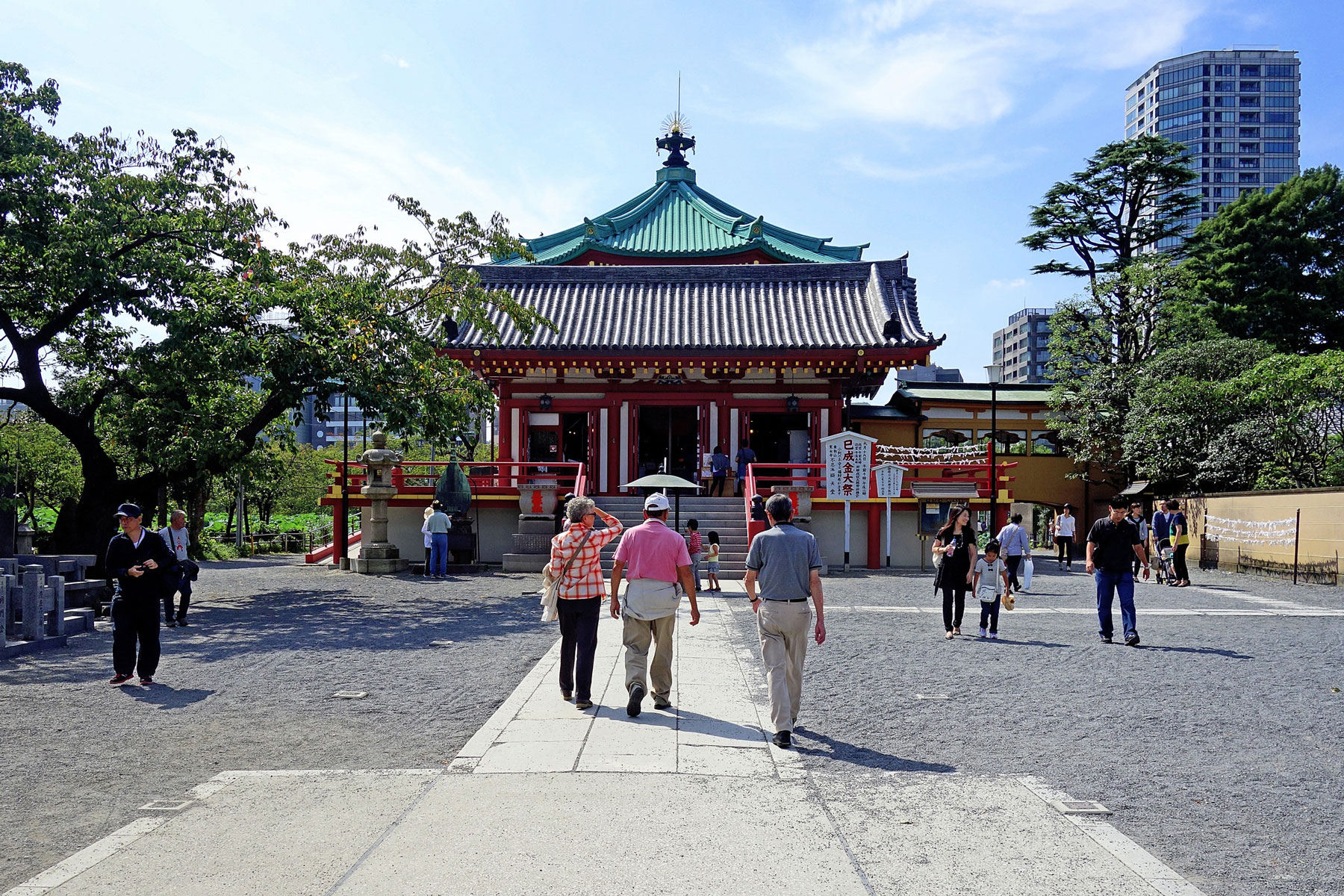
Photo credits: flickr.com - Toshihiro Gamo
Here the pilgrimage ends, but along the way there are plenty of distractions that will make your journey even more enjoyable.
Along the walk

Photo credits: Japan Italy Bridge
Along the way you will find a myriad of other small Buddhist and Shinto temples.
Take a stroll through the ancient district of Yanaka Ginza, just behind Nippori station, and stop to eat something at one of the many traditional kiosks in the area.
Just outside Yanaka you will find the small Kyooji temple where you can still see bullet holes on its central gate. These marks seem to date back to the battle of Ueno in 1868, during which the Imperial troops drove away from Edo the troops loyal to the shogun.
Yanaka cemetery will then give you a place to stop and rest. A place of peace that will surprise you even more during the cherry blossom.
And don’t forget the Ueno Park, a little ‘green jewel’ in the heart of Tokyo. A destination renowned for its wonderful cherry blossom and the famous Ueno Zoo with its pandas.

Photo credits: Japan Italy Bridge
In the park, among other temples, there is also the Toshogu shrine with its pagoda, that is dedicated to Tokugawa Ieyasu. Between April and May it will also be possible to enter the beautiful garden that houses a small but impressive peony collection, one of the most loved flowers in Japan.
There are also museums and traditional shops, on a journey to discover a Tokyo that is a little bit different from what we are used to, but certainly equally fascinating.
Japan Travel: Nikkō
Nikkō - The timeless town

Not far from Tokyo, there is a town that could be described as magical. This is Nikkō, literally "The town of sunlight”. Located in the mountainous region of Tochigi Prefecture, it is one of the most famous tourist destinations in Japan. Rich in historical monuments, it has been listed as an UNESCO World Heritage Site. Its most famous monuments are the Nikkō Tōshō-gū shrine dedicated to the shogun Tokugawa Ieyasu, and the Futarasan shrine dating back to 767.
The city is also surrounded by nature with mountains, hot springs and the Nikkō National Park where several beautiful waterfalls can be found.
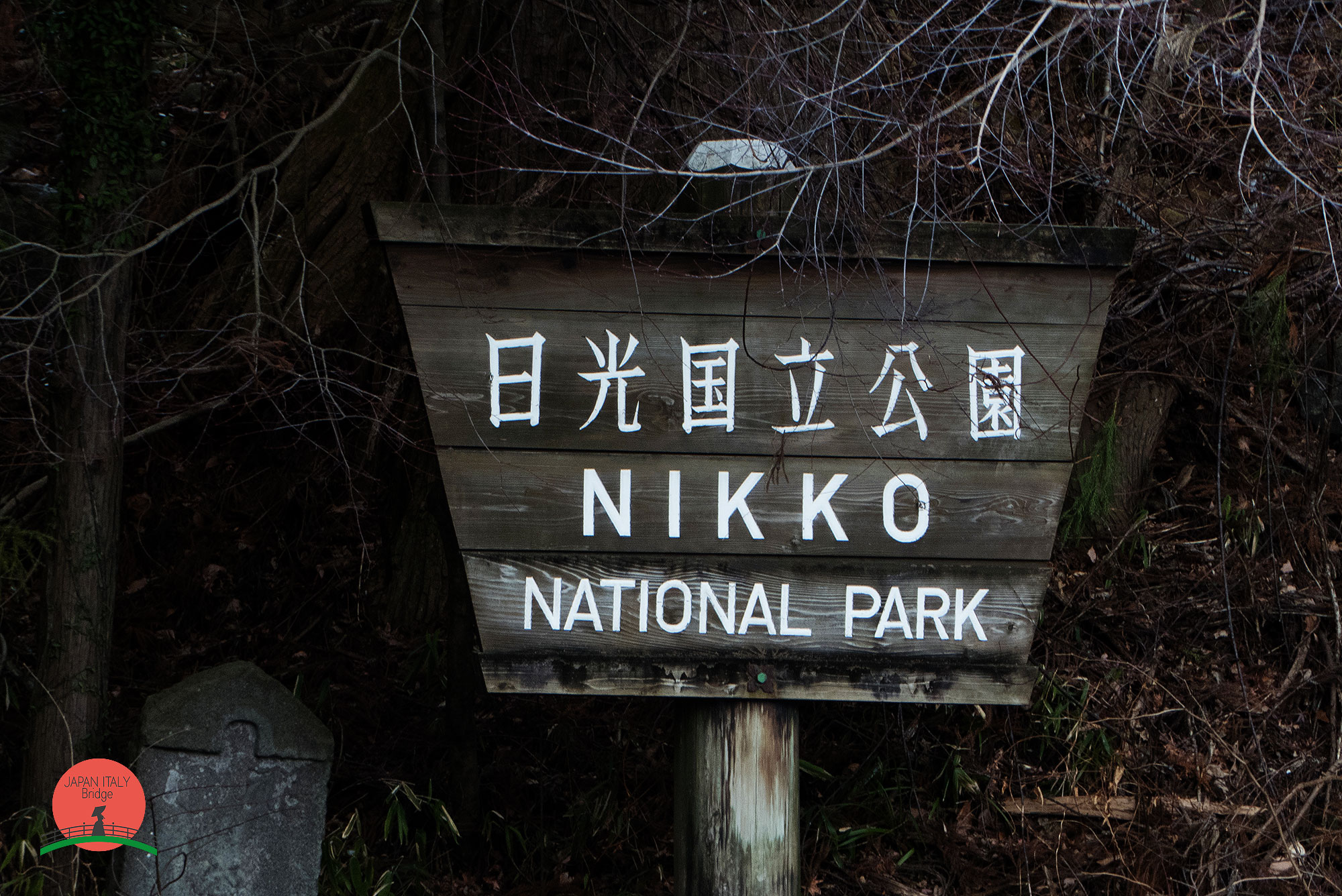
Between sacred and modern
On March 20, 2006, the old town of Nikkō merged with the city of Imaichi and the municipalities of Ashio, Fujihara and Kuriyama, resulting in the new city of Nikkō . Sacred and profane, a division that is even more evident thanks to the great "sacred bridge" Shinkyo, completely lacquered in red and that was originally reserved to the emperor and the shogun. Today, this same bridge is crossed by hundreds of visitors each year arriving at the Rinno-ji, the great temple best known for the "Three Buddha Hall".
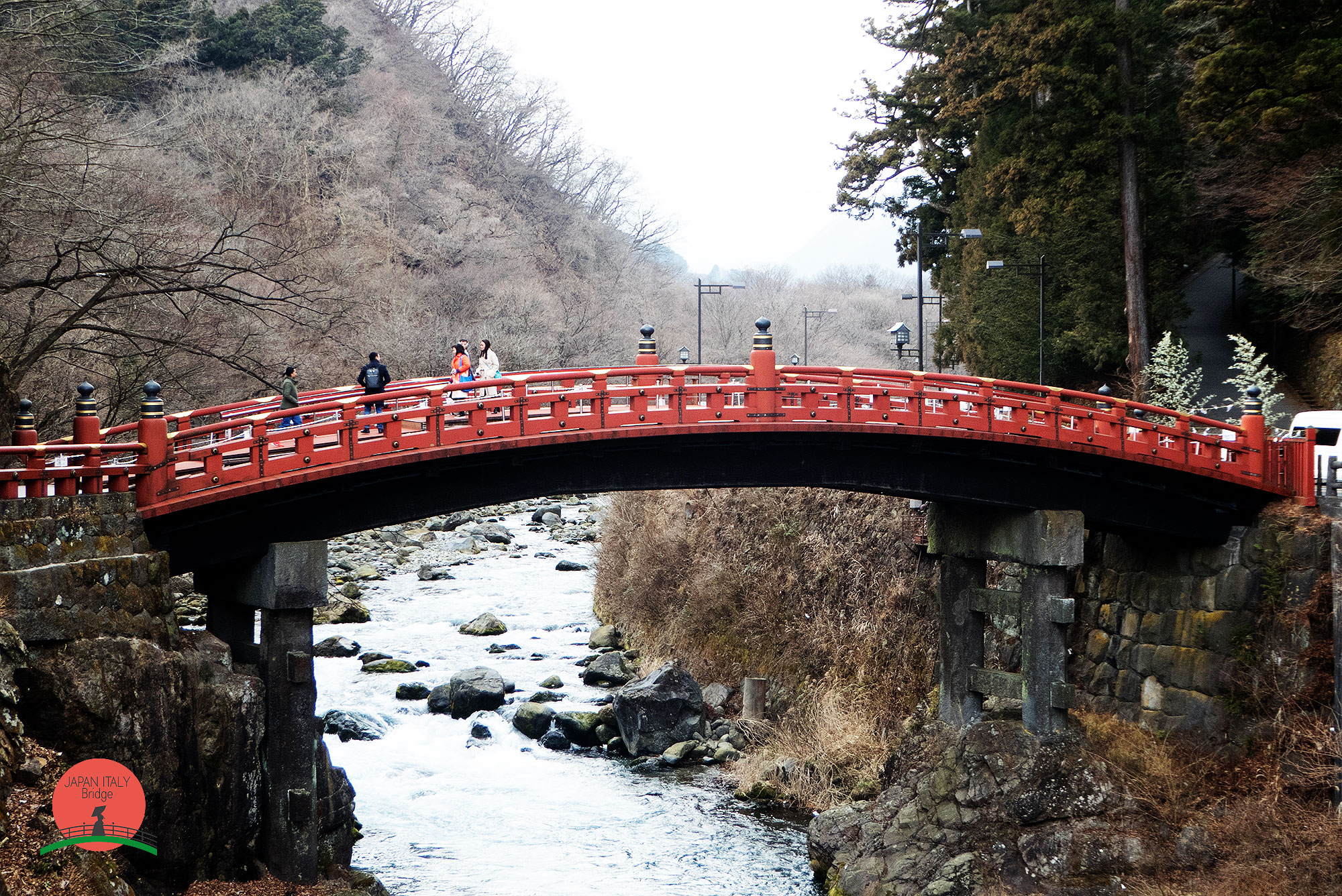
Monuments
Behind this temple there is the Tōshō-gu shrine where the great Tokugawa family established their Shinto shrine making it the most richly decorated temple in the country. More than 15000 artisans of the country participated in its construction and with its gildings, its bright colors, its sinuous lines, this place of worship is considered as one of the most beautiful examples of Momoyama architecture (1573-1603). Even more famous is the pediment of the sacred stables, genuinely minimalist and especially known by all the Japanese for the three little monkeys carved in the wood: Mizaru ("the blind"), Kikazaru ("the deaf") and Iwazaru ("the mute"). In fact, they symbolize the precepts of the Tendai Buddhist sect, inspired by Confucius: do not look at evil, do not pronounce it, do not listen to it.

If you have a whole day to explore the city, you can not miss the opportunity to visit the statue of the sleeping cat that marks the entrance to the tomb of Tokugawa Ieyasu. Subsequently, along the Daiyagawa river, you can find the Kanmanga Fuchi path, a sumptuous walk through the woods and the strange volcanic formations of Mount Nantai. At the end of this walk, dozens of statues of Jizō, protector of the children, await you where time seems to have stopped.

At a distance of 30 km from there, you can then find the magical Chūzenji lake, where you can take a boat trip to the spectacular Kegon no Taki waterfall and the Yumoto Onsen hot springs.
A city between history and modernity, between mountains and enchanted lakes, a small pearl of history not far from the metropolis of Tokyo. Here you can still perceive the classic feeling of Japanese tradition in its fullness. A destination not to be missed for all those who love this nation and its culture.
How to get here
The train is the quickest and most convenient way to reach Nikko from central Tokyo.
Tobu Line - Asakusa
From Asakusa Station, easily reachable by metro from all the main districts of Tokyo, you can take the Tobu line which offers rides to Nikko every hour. The cost per round trip is about 2800 ¥, the ride takes about 2 hours and is by far the cheapest option. The JR Pass is not valid on this route.
info: Tobu Line website
Limited express - Shinjuku
The JR limited express connects Shinjuku station directly with Nikko, the cost of a round trip ticket is 8000 yen. Unfortunately, the JR pass does not completely cover the route so, it will be necessary to pay an additional charge. To book your seat just consult the JR East website.
Info: JR East website
JR Shinkansen - Tokyo
This is the fastest and most convenient way to get to Nikko, especially if you have a JR Pass. It is possible to take the JR Tohoku Shinkansen from Tokyo station, but you will have to change at Utsunomiya and continue on the JR Nikko Line. The cost of the round trip is 10000 ¥, not recommended for those who do not have the JR Pass..
Info: Hyperdia website
Japan Travel: Akihabara
Akihabara
 Photo credits: travel.gaijinpot.com
Photo credits: travel.gaijinpot.com
Akihabara, known as Tokyo's Electric Town, is located in Chiyoda's special district, Tokyo.
Lively and bright, all electronics stores, computer stores, videogames, and everything related to the world of anime and manga are gathered here, in this small district.
Akihabara surely is a center of attraction for otaku that can be found at every corner of the district. おたく/オタク is a Japanese word that since the 80s is used to describe the Japanese subculture of obsessive enthusiasts of manga, anime, and other related products. In the West, this term is used to indicate both Japanese anime and manga enthusiasts, and people passionate about Japanese products in general, without the negative connotation.
Akiahabara itself is not an essential tourist destination but, if you are particularly fond of electronics it definitely transforms into a place not to be missed.
Cult spots of the district
 Photo credits: wowsabi.co
Photo credits: wowsabi.co
Strolling around the ”Electric Town” you might come across a number of stores and buildings you should not miss, like the Yodobashi Akiba, a shopping mall that with its 9 floors is the largest in the world. We can find the Animate store that offers 8 floors full of anime, manga and video games merchandise, or the Mandarake also dedicated to manga and animes though second-hand. And more, the Super Potato, a 4-story store that offers a wide selection of vintage video games and a small 80s-style arcade.
And if you are looking for something you cannot get anywhere else, you will most likely find it where everything started: at Radio Kaikan!
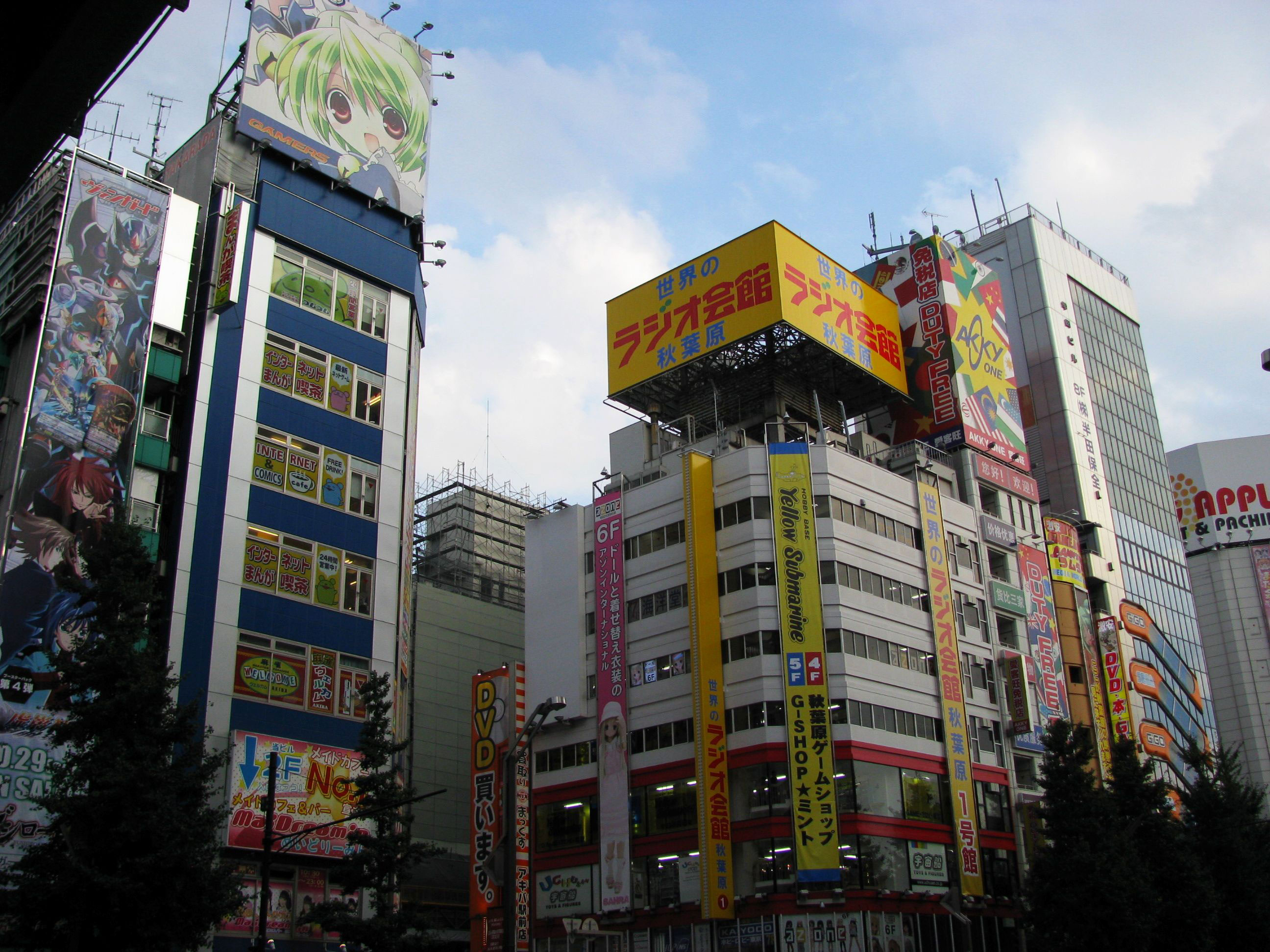 Photo credits: Google image
Photo credits: Google image
Opened in 1962, it was the first store to provide television sets, washing machines and fridges for the citizens. It evolved over time to become an otaku paradise. In 2011, after the big earthquake, it was razed to the ground, but then rebuilt to remain a reference point for anime enthusiasts.
The best entertainment place is surely the Maidreamin Maid Cafe, an explosion of colors, shows and “kawaii” themes. This is the perfect place for those of you who want to smile a bit and see what a maid cafe is, even though it is a little bit expensive. On the other hand, if you are a fan of Gundam, there is the Gundam Cafe that right at the entrance offers a small take-out for those who don’t have time to stop inside. Here you can order a taiyaki (traditional fish-shaped Japanese cake) with the shape of Gundam and other Gundam-themed dishes!
 Photo credits: akibacity.tokyo
Photo credits: akibacity.tokyo
The big green sign
 Photo credits: mishajoh.blogspot.it
Photo credits: mishajoh.blogspot.it
When we say “sexy shop” we immediately think about something “dubious”, “shady”, something to stay away from. Instead, the Pop Life Department M’S, located on the corner right outside of Akihabara station, is attractive and funny. Very clean and neat, among the shelves of M’S you can find unimaginable objects! Sets of di sexy cosplays, adults DVDs and many of them are niche products, all the latest technological inventions for “personal use” and also lifestyle products. Many visitors are simply curious tourists or young couples. Strange thing is that in the basement there are 2 vending machines that sell “used” underwears!
 Photo credits: Google image
Photo credits: Google image
Japan Travel: Shinjuku
Shinjuku
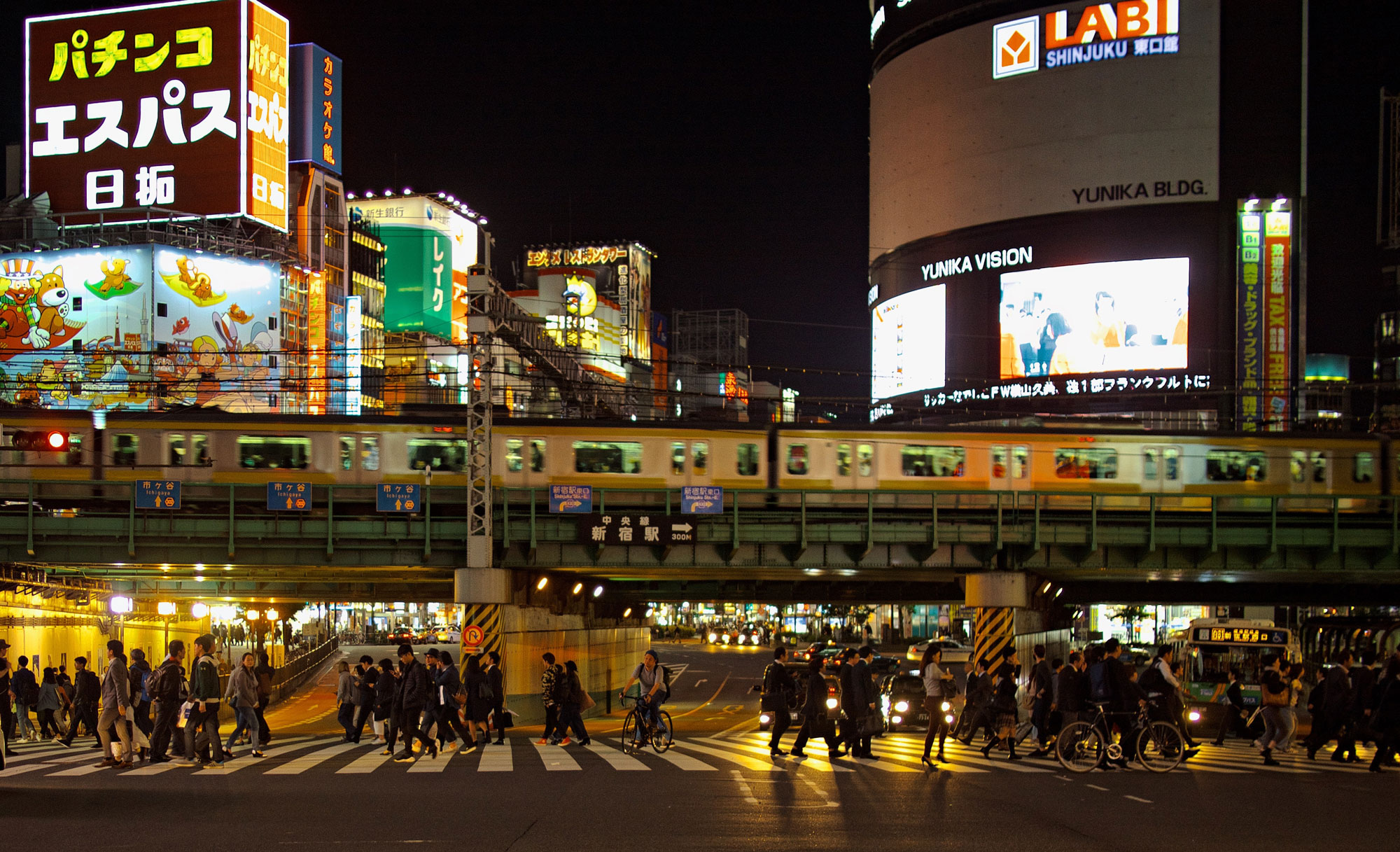
Photo credits: Sergio Rola
Shinjuku (新宿), important commercial and administrative center with the world's busiest railway node, is part of the 23 special wards of Tokyo.
Not just trains, Shinjuku is also one of the major stops for long-distance buses. The Busta Shinjuku, a large terminal, is located right at the top of the railway station.
Taking the station as a reference point, west of it, you find yourself in the Skyscraper District. Here are located the highest buildings in Tokyo including luxury hotels and the twin towers of the Tokyo Metropolitan Government building. Designed by the famous architect Kenzō Tange, it’s here that the political and public administration of the city is handled. Its towers are 243 meters high and the observation bridges, located on the 45th floor, are open to the public for free.
Right from those observation bridges, one can see the Mode Gakuen Cocoon Tower, a skyscraper located in the financial district of Nishi-Shinjuku. 203 meters high, consisting of 50 floors with three schools inside: a fashion one (Tokyo Mode Gakuen), design one (HAL Tokyo and Shuto Ikou) and a medicine one. The architecture, also designed by Tange, gives to the skyscraper a cocoon shape created by the twisted white aluminum tubes (curtain wall) that rise diagonally.

Photo credits: Google immagini
Shinjuku is not only modernity but also houses one of the largest and most enjoyable parks in Japan: the Shinjuku Gyoen, where cherry blossoms is renowned for being among the best in the country. The park was opened to the public in 1949 after being the Garden of the Imperial family since 1903.
Shinjuku’s districts

Photo credits: Gor Badoyan
Among the most famous and discussed neighbourhoods, here is Kabukichou, located northeast of the station. It is the largest red-light district in Japan, and perhaps it is for this reason that the entrance is announced by a great red light sign. The history of this district is really curious: its name derives from a kabuki theater that was never built. Since 1872, fifth year of the Meiji Era, when laws governing relations with geishas and prostitutes were revoked in Japan, Kabukichou became the main red-lights district of Tokyo. Subsequently, laws against prostitution became stricter and after the Second World War the district was subjected to some attempts to change its image. It was then made an attempt to bring here Ginza's Kabuki-za theater, destroyed by a fire, but eventually the theater was rebuilt in Ginza, while in Kabukicho just kept the name.
Later on, another theater was built in Kabukichou, the Koma Theater, located in a building that contains some bars and nightclubs.
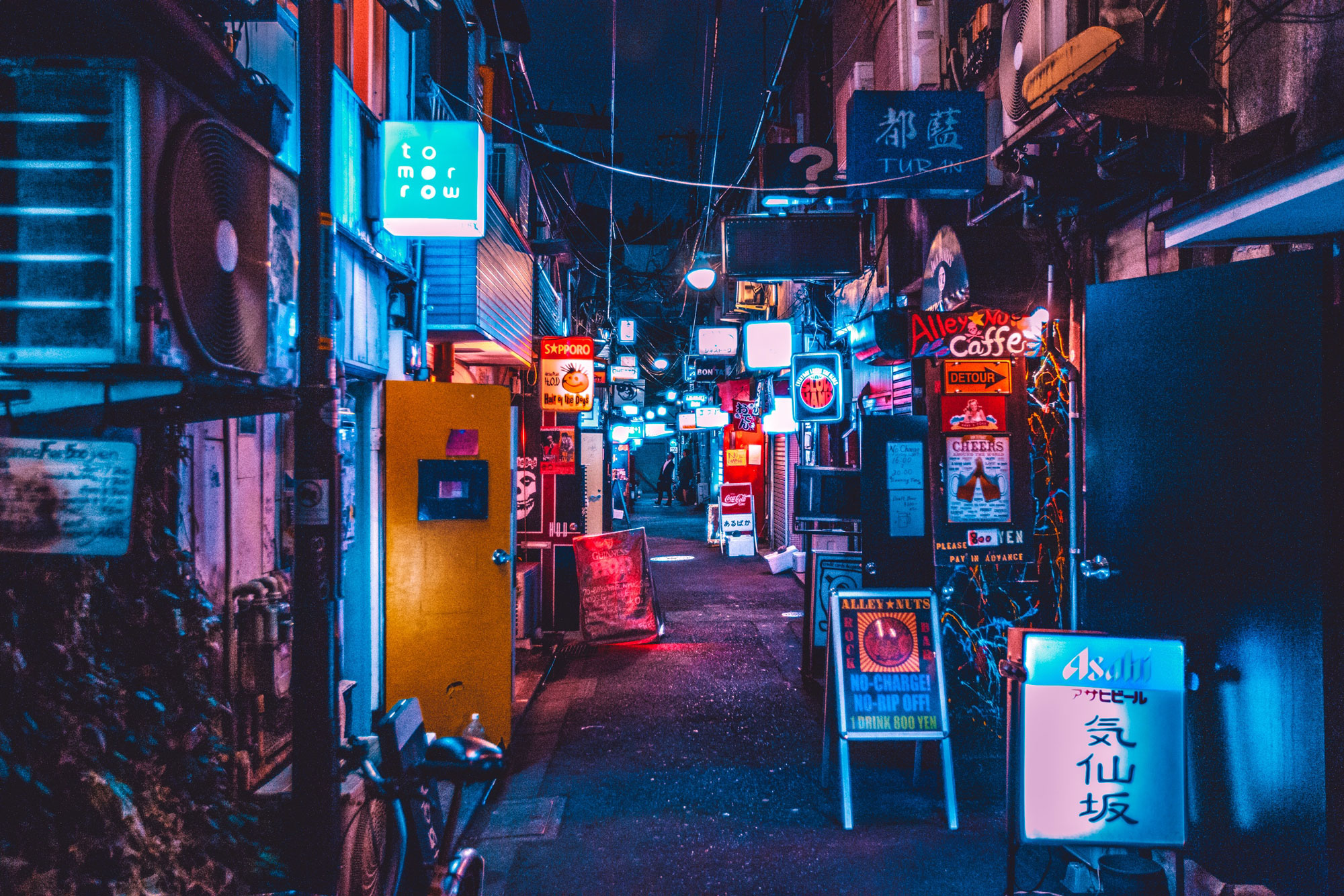
Photo credits: Benjamin Hung
Kabukichou never sleeps and this area boasts numerous restaurants, bars, nightclubs, "love hotels" and a variety of red-light structures for all sexes and orientations. Walking down Kabukichou’s streets can be risky in terms of expenses. Prices are exorbitant as everything is handled exclusively by Yakuza, one of the reasons why Kabukicho is also one of the safest neighborhoods in Tokyo because there is an attentive control over the various activities. Right here, in a maze of narrow alleys we come across the Golden Gai (the Golden Street) where a series of very small and peculiar bars peek out. The seats inside are limited, 2 to 5, and may be often located in basements as well! Moving around among them, you can hear loud laughs and if you spy inside you may spot eccentric people, writers, directors and some curious tourists. These small places can also have a theme, but in each of them what you can always drink is the yamazaki, a particular Japanese whiskey.
Out of the Golden Gai, we find Ichigaya, headquarter of the Ministry of Defense. Okubo, filled with Korean stores selling traditional food and many classical gadgets of the Korean pop culture. There are also Korean-themed bars, red-lights clubs and restaurants. Shinjuku ni-chome, is Tokyo's gay district, and finally Takadanobaba. The latter, is an area mainly frequented by students from the nearby Waseda University and Gakushuin University, there are preparatory schools and entertainments, and many bars and Izakayas. The Izakaya, consisting of the words "i" (sit down), saka (sake) and ya (shop), is a typical Japanese restaurant that sells drinks accompanied by food, a kind of pub.
The symbol of Takadanobaba is the "Big Box", a large box-shaped building next to the station.

Photo credits: Google immagini
Sacred and profane

Photo credits: Node Reaver's Blog
It sounds incredible, and yet it is right among Shinjuku’s skyscrapers that a space of peace and prayer opens up: the Shinto Temple Hanazono. It was founded in 1600 and is often visited by businessmen as the temple is devoted to the gods of economic success. It is almost a fundamental stop for tourists who, having walked around the chaotic Shinjuku, want to find some rest and, every Sunday, look around the antiques market. There are many festivals and religious events that take place at the Hanazono, the main one is held the last weekend of May, the Jinja Reitaisai. On this occasion there is a modest procession in which the small mikoshi is carried by the worshippers. Outside the temple 100 stands of every kind crowd the surrounding space offering a perfect interweave between sacred and profane.

Photo credits: Google immagini







